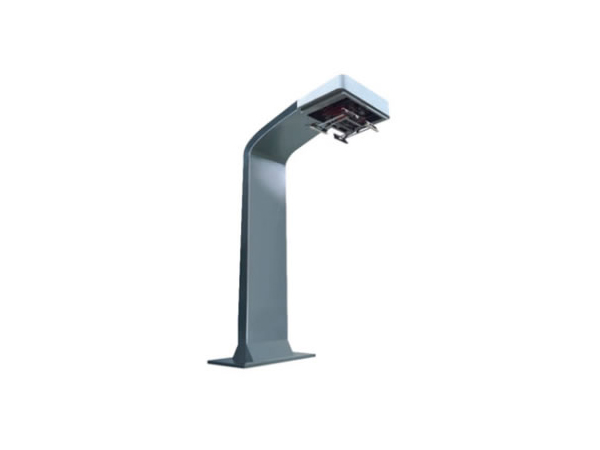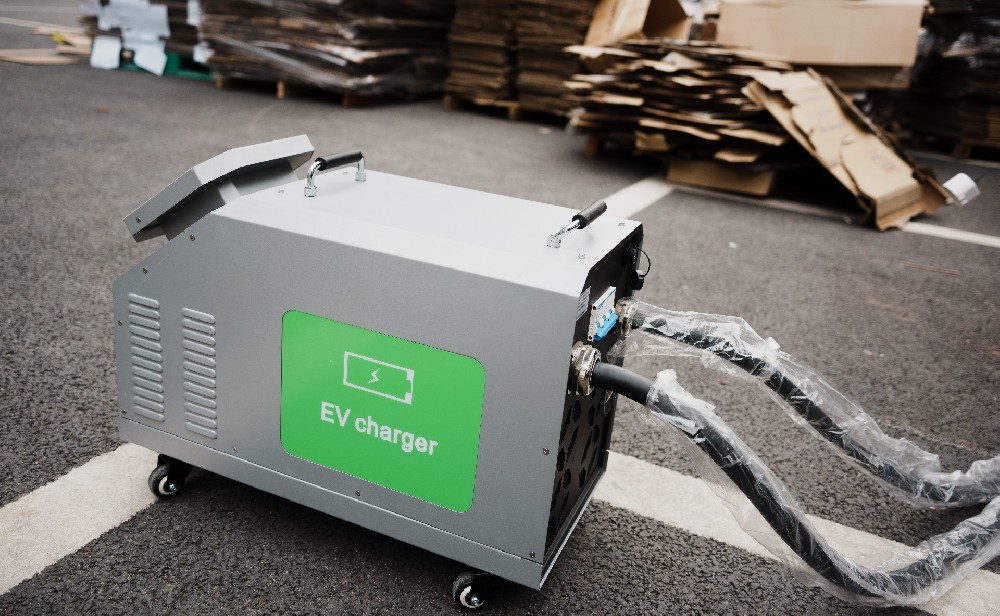-
13822183778@139.com
-
13822183778
Brief Analysis of EV Charging Connector Structural Design
In recent years, under the strong support of policies, the domestic new energy electric vehicle industry has developed rapidly with broad economic prospects. As an indispensable supporting facility for the electric vehicle industry, the charging gun has entered a golden period of development driven by the electric vehicle industry. Currently, many domestic companies have increased their investment in the research and production of charging guns to gain a competitive edge in the fiercely competitive charging gun market. However, some companies have struggled with the technical challenges of charging gun structural design, leading to delays in project progress or even failure. What are the common difficulties in charging gun structural design?

The structural design of a charging gun fails to achieve the product's appearance design. Product structural design is an internal structure design based on product functionality, serving as one of the main components of mechanical design. The importance of product appearance design is self-evident. The structural design of a charging gun should aim to realize its functionality while striving to achieve its appearance design. This requires collaboration between structural designers and appearance designers, complementing and perfecting each other's work. This is relatively easy for experienced industrial design teams but poses challenges for companies with inadequate team configurations.
Incomplete grasp of relevant testing standards for charging guns. As an important supporting facility for the electric vehicle industry, the charging gun has significant implications, with strict production and quality testing standards set by official authorities. Different standards exist, such as national standards, European standards, and American standards. Structural design of charging guns should adhere to industry standards to minimize potential product hazards and ensure quality. Poor water resistance, production and assembly difficulties, and inability to achieve large-scale production. Product structural design involves component separation, fixing methods, product usage and functional implementation, material selection, and surface treatment processes. These are key issues that need to be addressed in charging gun structural design. It is recommended to choose high-quality materials, adopt an integrated design, simplify the design, strictly control costs, and reduce production and manufacturing difficulties to facilitate the production and promotion of charging guns.
Of course, there are many other detailed issues in charging gun structural design that designers need to pay attention to, which I will not list here. It is worth noting that customers should carefully select charging gun manufacturers and choose experienced charging gun companies for cooperation to design and produce high-quality charging gun products.
 How long does it take to charge ···
How long does it take to charge ···
 DC Fast Charging CCS type 2 plug
DC Fast Charging CCS type 2 plug
 The high-voltage and high-curren···
The high-voltage and high-curren···


